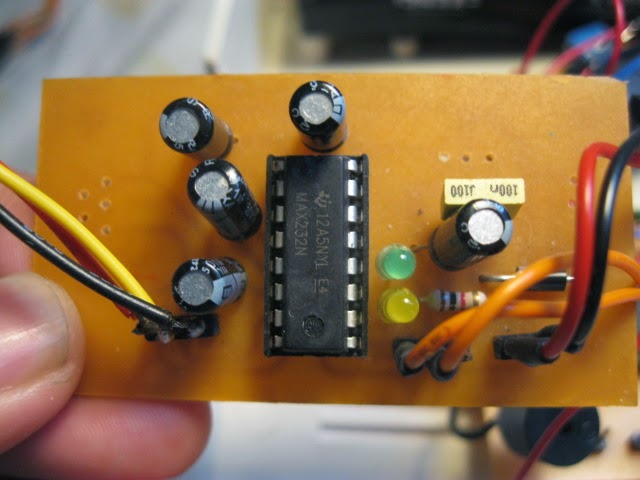Objective: To identify the DC motor to be used
Analysis/Procedure:
The main purpose of the DC motor used in this project is to rotate the needle of the speedometer. There are few problems to choose the DC motor. The first problem is that certain DC motor can only rotate in one direction. Besides that, most DC motors available in the local market have high revolutions per minute type. Furthermore, each type of DC motor have different power supply voltage.
After searching almost a dozen shops in Jalan Pasar, I have the correct DC motor. Below are the pictures of the DC motor.
The
chosen motor has the ability to rotate clockwise and counter clockwise. The
small but with high torque gear motor which makes it great for applications
that require extremely low motor speeds. With 6V power supply, the motor can
rotate at a pace of 30 revolutions per minutes. The slow rotation is to
simulate the actual speedometer.
After acquiring the DC motor, now to create a simple circuit to rotate the motor clockwise and counter-clockwise in direction.
In this project, two push switches needed for clockwise and counter clockwise rotation of the DC motor. A Push Switch is a switch that allows electricity to flow between
its two contacts when held in. When the button is released, the circuit is
broken, so it is called a non-latching switch. Other forms are push to break
which does the opposite, that is, when the button is not pressed, electricity
can flow, but when it is pressed the circuit is broken.


















